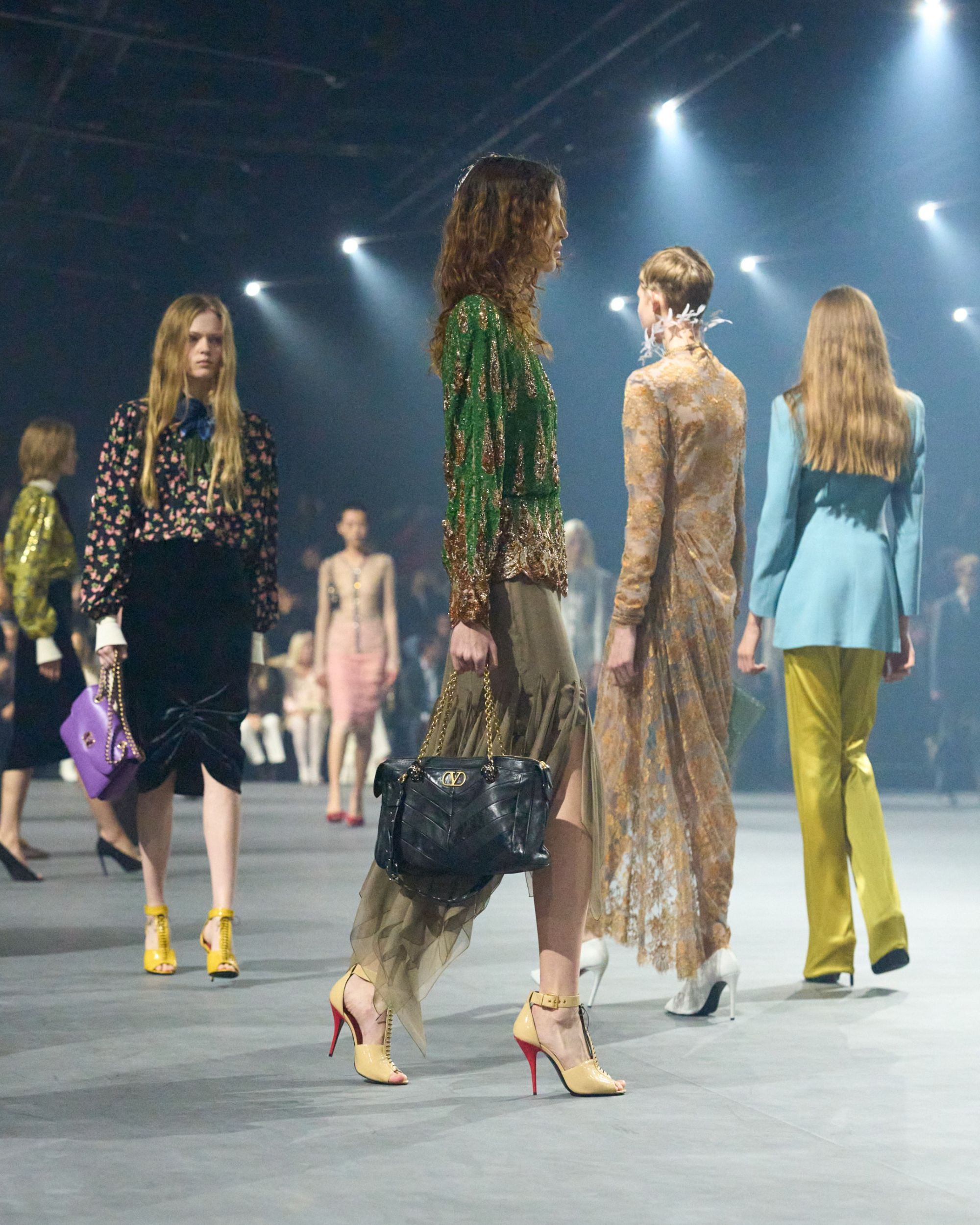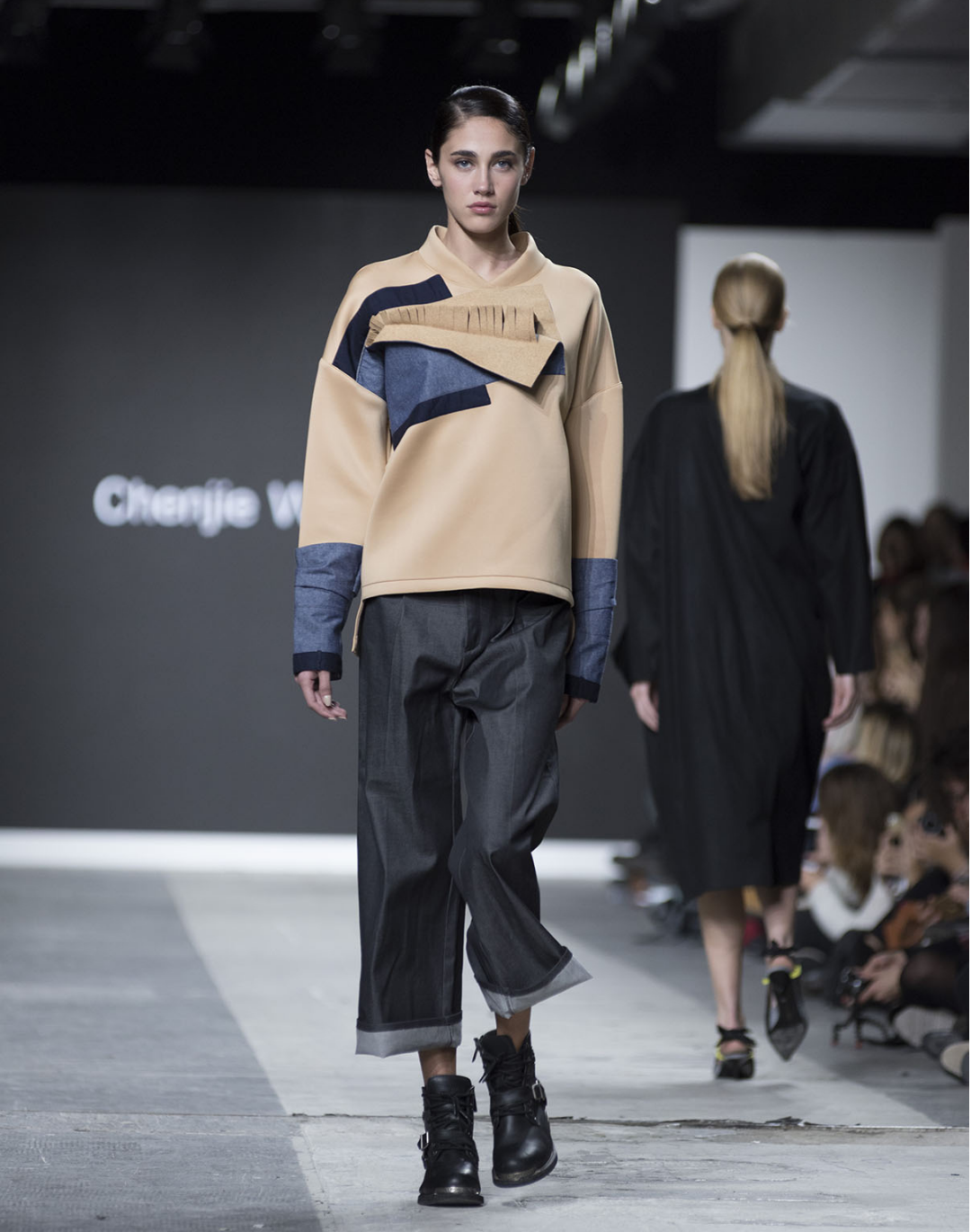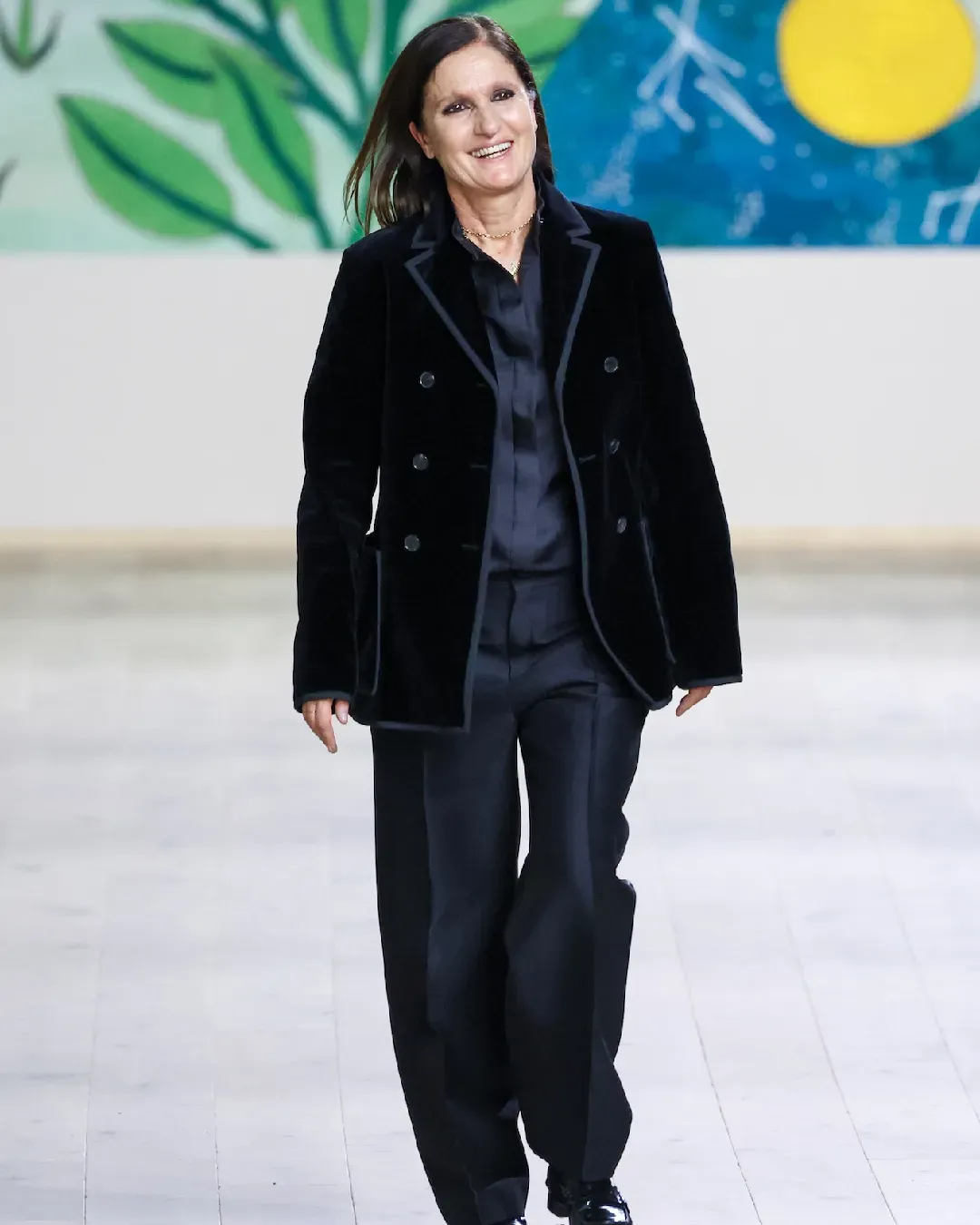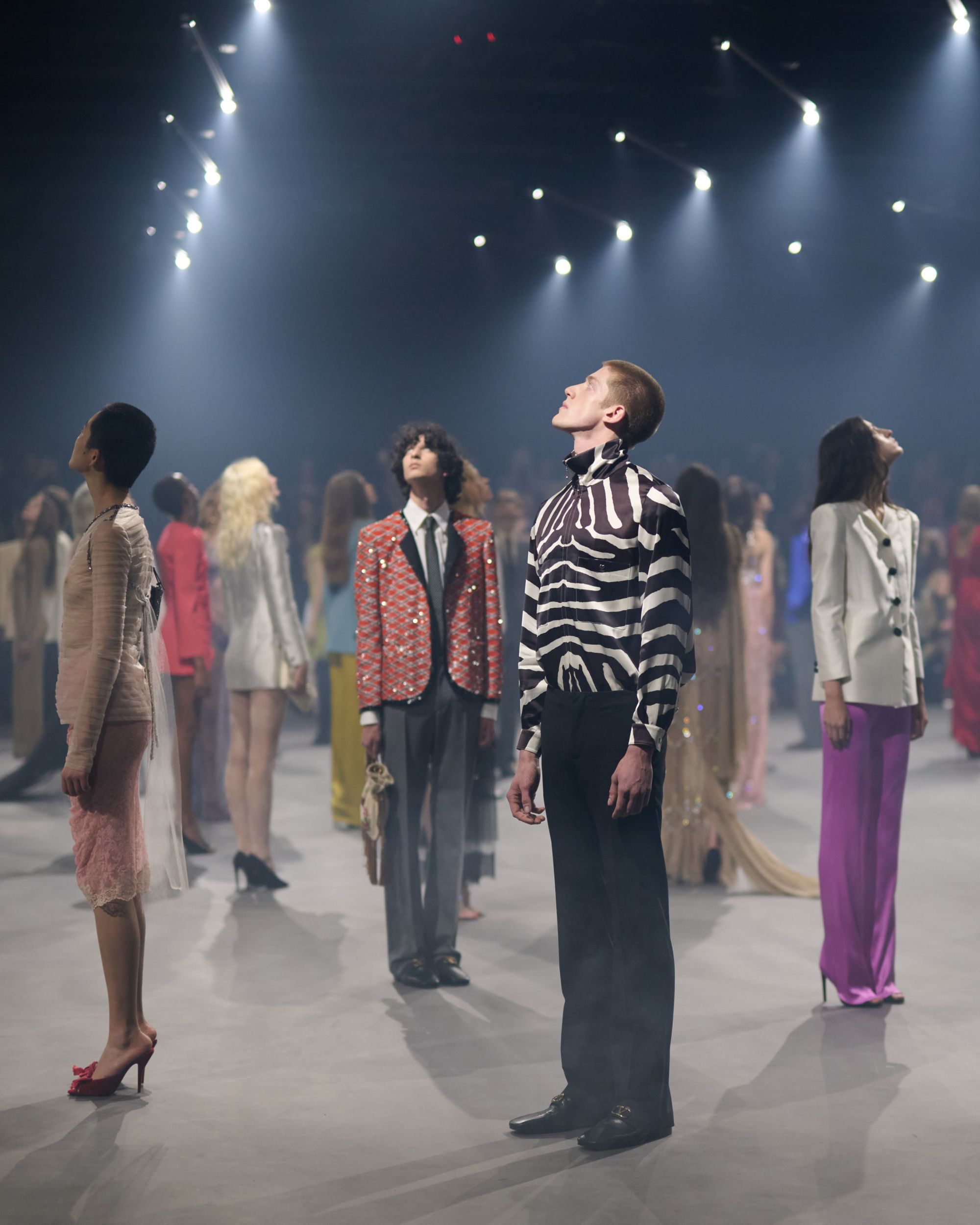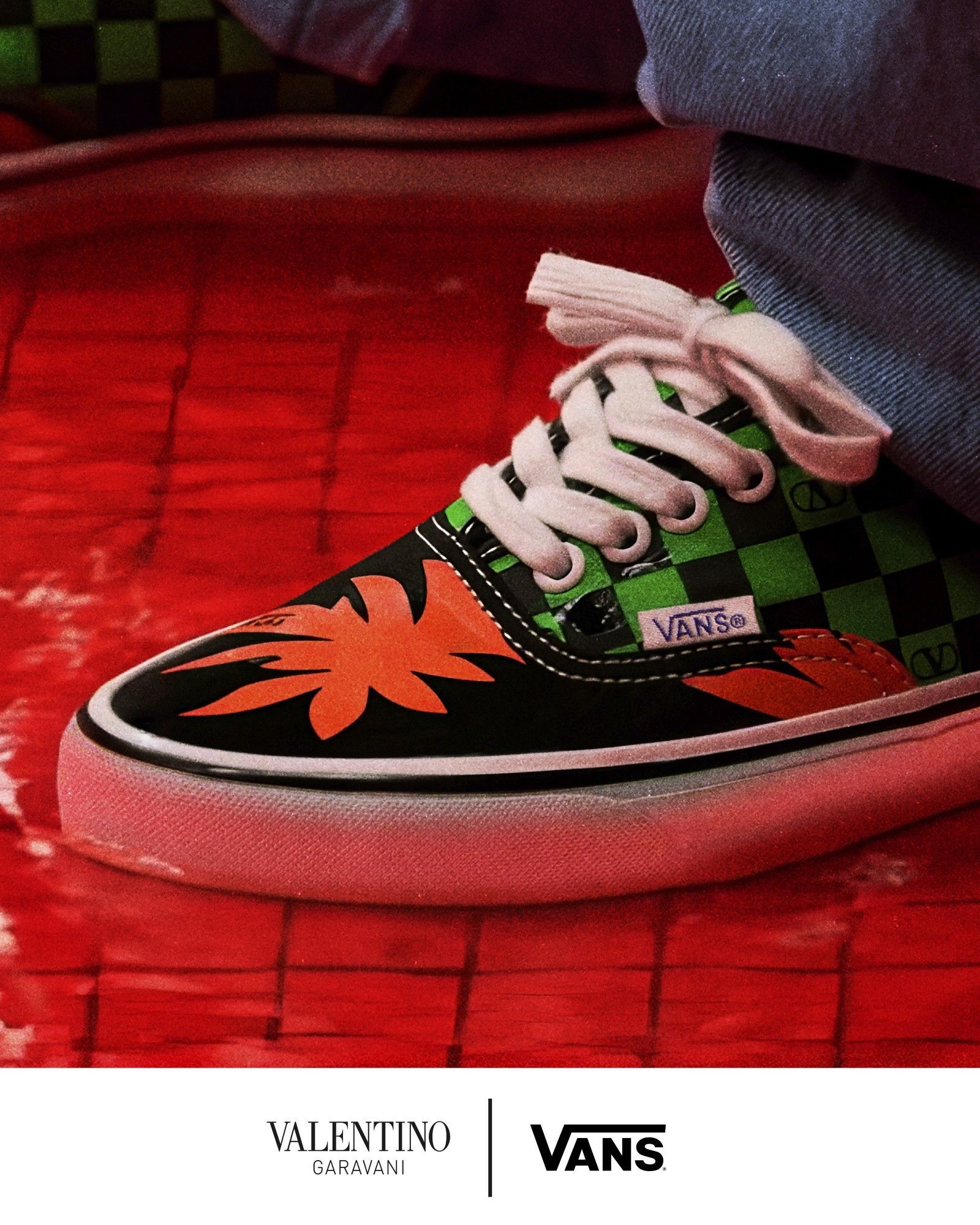
Who is the better creative director, a stylist or a designer? Moschino's design team collection raises a few questions on credit and substance
When you're a fashion design student, becoming the creative director of a brand is presented to you as the “holy grail” of your career, the opportunity you should die for and the goal to which you should dedicate your life. You work days, nights, weekends, and even holidays. You can do the perfect stitch in your sleep, and you can explain a line sheet at any given time of day. You grew up with idols like McQueen, Galliano, Marc Jacobs, Tom Ford and Karl Lagerfeld. Just like you’ve seen it happen for them, you hope that one day someone will call you up, offering you the position of creative director, yet the times have changed. While McQueen and Lagerfeld have passed on, Pharrell Williams was appointed as the creative director at Louis Vuitton. He is not a classical designer per se – he is mainly known as a musician, producer and tastemaker. Prior to his appointment, the position was held by the late Virgil Abloh, who studied architecture before getting into fashion. He knew how to captivate the audience and was a master at branding, turning a historical French Maison like Louis Vuitton attractive to the streetwear crowd. Most recently, designer Jeremy Scott left the Italian brand Moschino, which last September showed a collection entirely curated by stylists. To celebrate their 40th anniversary, the brand invited Carlyne Cerf de Dudzeele, Gabriella Karefa-Johnson, Lucia Liu and Katie Grand to create a collection with the design team, reinterpreting the brand’s archive. After the show took place, it felt like Moschino’s best collection in years.
Is a stylist or a tastemaker the better creative director? Do designers just belong to the design team, or should they be on top? When you think of a show, don’t just think of the clothes. You have to view it like a film. The guest, offline and online, wants to remember it. They want to be wowed, not bored, as no matter what they say, deep down they actually want a spectacle. If you are a creative director, you have to think beyond the clothes – you need to engineer an experience. Sound. Feeling. Viewing. It has to be memorable. No matter how beautiful the clothes are, if the show isn’t ultimately shocking, nobody will talk about it. «The vision of creative direction has been evolving a lot during those past years – especially as a lot of big fashion houses have been changing their direction lately,» says a designer who wishes to remain anonymous. «The fashion industry is now filled with many new talented designers that cannot fully express their visions and highlight their values because of brands and fashion houses not giving them opportunities» he adds. Every year, the major fashion universities present fully educated designers on a silver platter – yet they dissolve into unemployment because no one warned them about how tough it would be to find a job, let alone a place in an overfilled industry.
«From day one, designers are trained to fulfil multiple roles in order to present a collection. Styling, merchandising, production plans, marketing themselves, understanding their customer, plans to grow – all of it,» says London-based designer Emma Blythe. «It’s not to say that a stylist can’t also do these things, but at its core design degrees and experience covers every area of the business in one way or another,» she adds, although lot of young designers struggle to find work because a lot of creative design degrees are based on an idea, rather than the reality of being a designer. It is all about profit at the end of the day. «Of course, it feels unfair that many designers are not able to access those positions after spending so much time, energy and money on those degrees,» continues the anonymous designer. «The industry has changed drastically, especially since the 90s. Fashion has become more of a product, rather than a consumable art. This is the reason why non-designers get hired in those positions – they can make the profit,» he adds. Ideally, marketing and design should go hand in hand, but in reality, the latter is dictated by branding. If something is not guaranteed to sell, especially at a big brand, it won’t make it in the collection, let alone to the shop floor. If a brand is owned by a big conglomerate, they think in numbers, not extraordinary patterns.
@nssmagazine Just Rick Owens chilling in Paris #rickowens #paris #fashionweek #fashion #rick #pfw23 #pfw #streetstyle trance - =͟͟͞͞
Rick Owens once said that a good stylist is someone who edits. They usually come in a few days before the collection and create a collection from the pieces, elevating each garment through matching and combining. A lot of designers have an inability to edit, that’s why a lot of shows are very long. For example, some of Alessandro Michele’s shows at Gucci had about 90 looks. It goes without saying that this might be too much, and maybe we should stop questioning who the best creative director is, but rather why there is only one person making all these choices. «I think the creative direction should be a shared position, seeing it as something where everyone can share their expertise, from designers to stylists, models to industry experts,» states Blythe. Fashion has obviously a lot of ego-centric patterns and practices. Maybe it’s time to dissolve those and take a more radical approach, like embracing community, rather than just a singular person who gets overwhelmed with their responsibility, as having a team at the design direction would not only make the shows more interesting, but subsequently contribute to bigger sales.










































